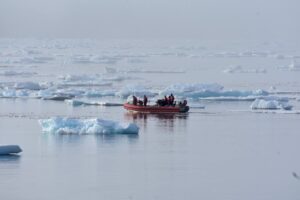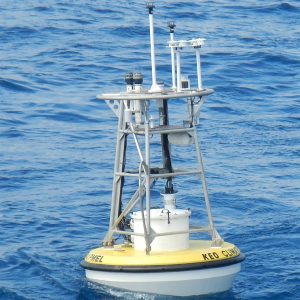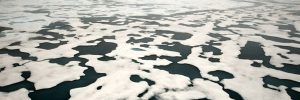
Discrepancies in ocean carbon sink estimates persist, how NOAA is making progress to close the gap
2024 Global Carbon Budget Report Released Every year, scientists from around the world, including NOAA experts, work together to produce the Global Carbon Budget. This annual scientific report tracks the origin and amount of carbon dioxide (CO2) emissions entering the atmosphere and where it is transported throughout the Earth system. Just like you might consider





